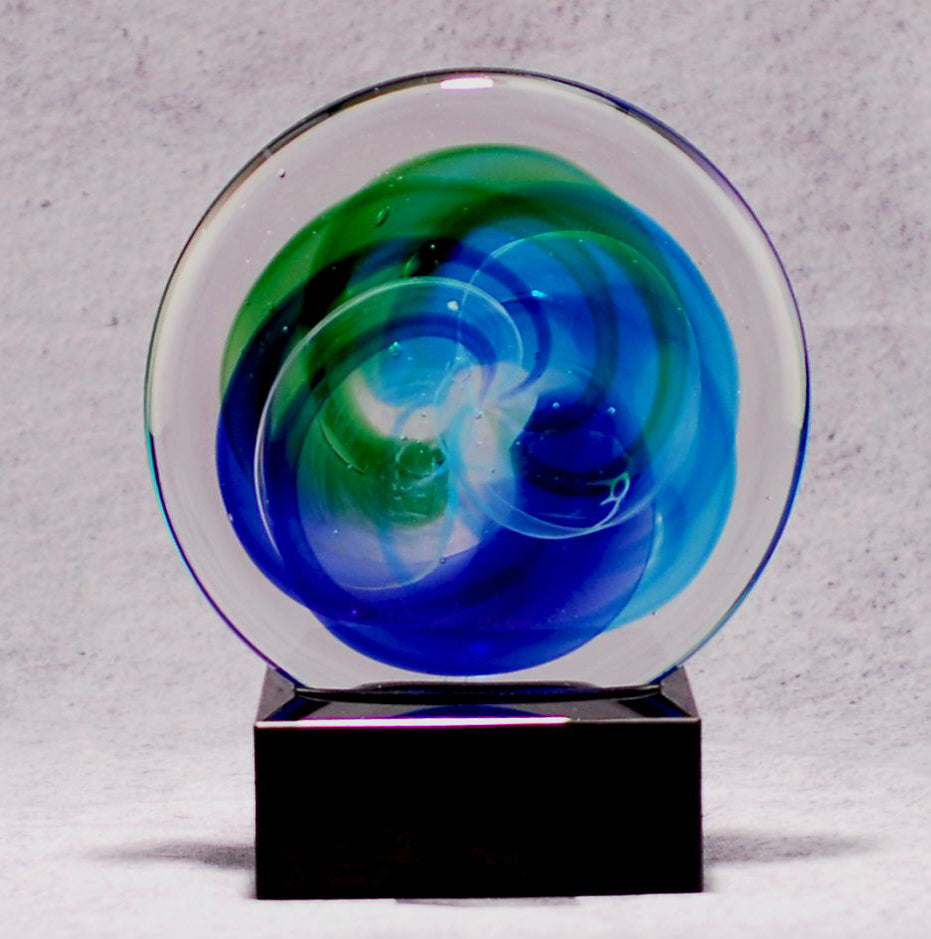The process of glass-making is not a process of flawless perfection.
‘Perfection’ in every single item can only be achieved in machine-produced items, not handmade glassware. No matter how experienced or talented the glass maker, it is impossible to eliminate all small variations.
It’s these variations, however, that make handmade glassware so desirable. Each slight variation and tiny imperfection is the mark of an artisan, a testament to the individuality of each work of art.
The following are traditional marks of handmade glass, not true imperfections:
- Tiny Bubbles: Called seeds, these bubbles are formed by gases when the raw ingredients for glass are melted. Seeds do not affect the quality of the glass or its beauty.
- Stretch Marks: Referred to as a cord in the industry, these lines are only visible when light hits the glass in certain directions and can’t be seen when filled with water. The lines are a difference in density that occurs during the melting process.
- Mold Marks: Ridges on a molded glass piece indicate where the mold was separated from the piece. An overly prominent mark can be a sign of careless workmanship.
- Shear Mark: This is the slight puckering of the glass caused when an artisan snips off molten excess after shaping the piece, it is a normal characteristic of glass.
- Pontil Mark: On some glass pieces you will find a small indentation on the bottom. This is the pontil mark and confirms that the piece was hand-made. The indentation shows where the glass was attached to the pontil in the final step of fire polishing. Hand-made stem ware is attached from the bowl end with the glass cut away at the rim. This leaves no indentation.

